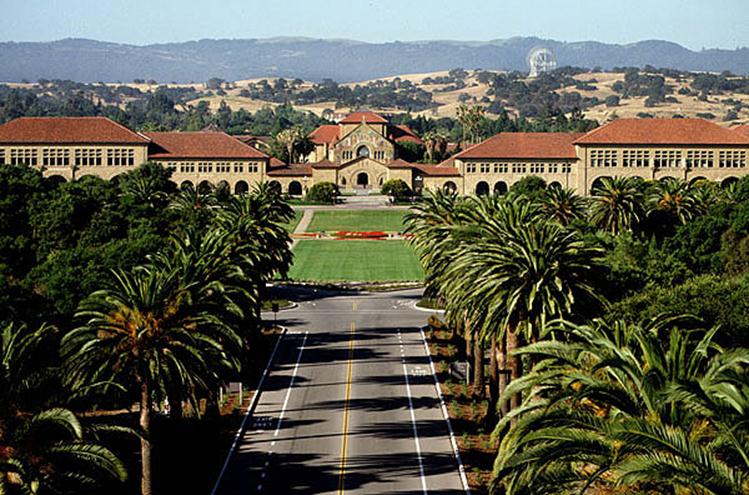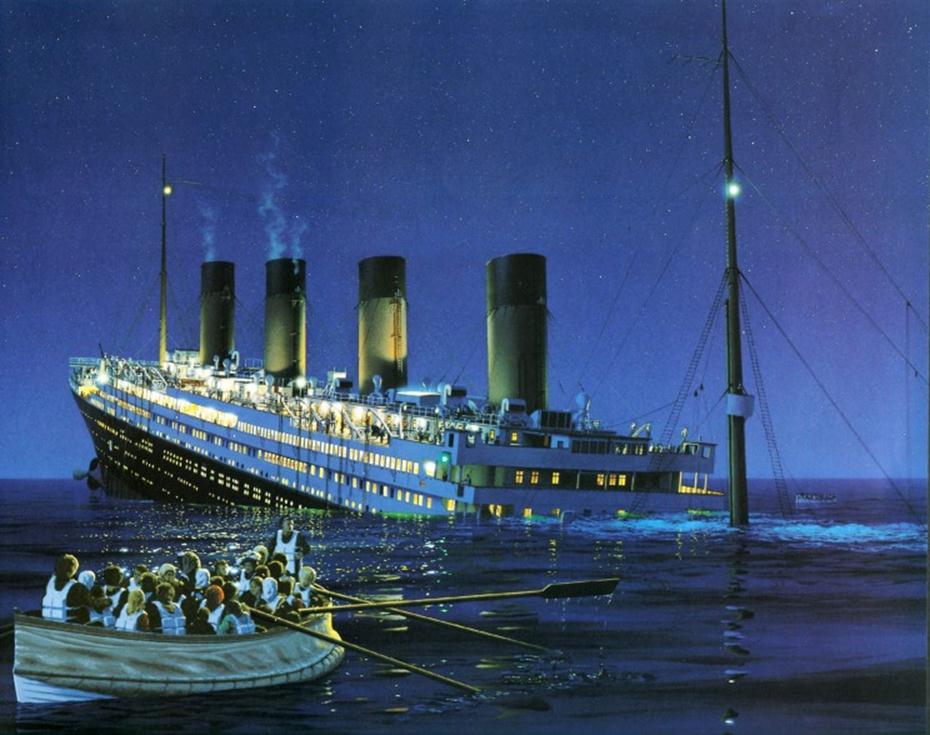Detroit Goes Dark
June 6, 2012 in Daily Bulletin, Signature

Detroit, a once gleaming city that rose and declined with America’s auto-industry can no longer afford to keep all of its street lamps lit writes Chris Christoff:
- Detroit now has 60% fewer residents than it did in 1950. Yet this population of 713,000 is spread out over an area more than Boston, Buffalo and San Francisco combined.
- The city is struggling with its finances. Almost 22% of the city’s electric bills are unpaid.
- As many as 15,000 of the city’s 88,000 street lights use 1920s technology. Upgrading the system would cost up to $200 million.
- The mayor has decided to extinguish almost 40% of the street lights. This move will save $10 million a year.
- This initiative also has the added benefit of concentrating the population in a few areas, making the city easier to manage. People are likely to migrate towards where the street lights are.
To read about how other cities have pursued similar ‘go-dark’ initiatives, what officials from the city have to say, what the people of Detroit have to say, why the city can’t force people to move and to read more statistics that demonstrate the scope of the problem, click here.
Source: Bloomberg
Via: Newmark’s Door









Join the Discussion! (No Signup Required)